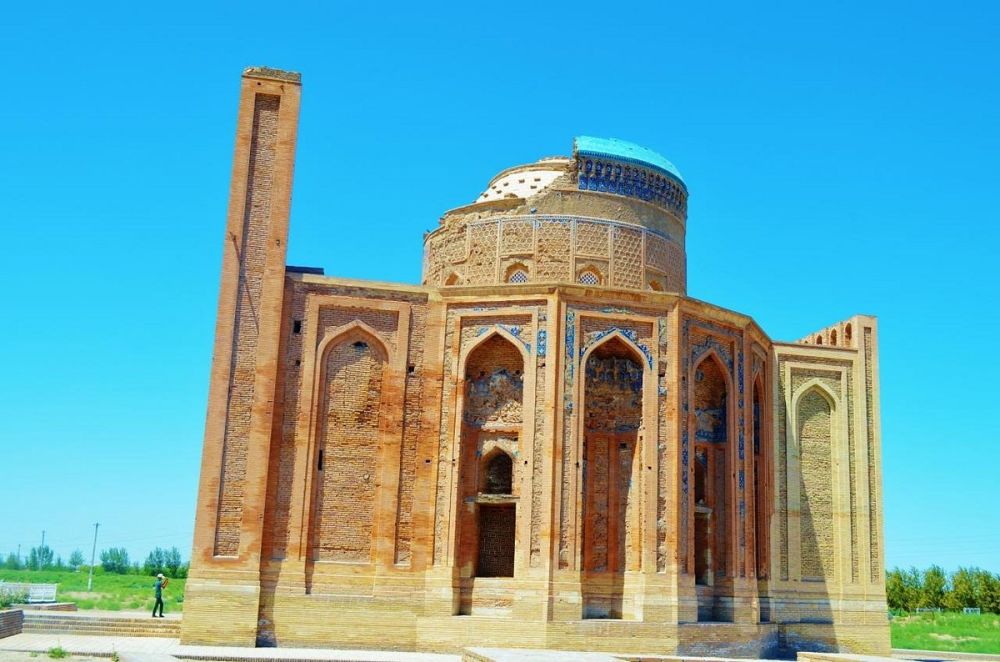

Kunya-Urgench, located in the Dashoguz region of Turkmenistan, is a testament to the ancient and rich history that once flourished along the legendary Silk Road. Designated as a UNESCO World Heritage Site in 2005, this area boasts an array of remarkable architectural monuments that attract history buffs, archaeologists, and tourists from around the globe.
Kunya-Urgench, known historically as Gurganj, was once the capital of the Khorezm region, thriving as a cultural and intellectual hub in the Middle Ages. Its strategic location on the Silk Road contributed immensely to its growth and prosperity, facilitating the exchange of not just goods, but also ideas and traditions that shaped the region's identity. The city encountered numerous dynasties, including the Achaemenids, the Alexander the Great, the Arabs, and eventually the Mongol invasion, which led to its temporary decline.
The city's resilience is notable as it rose from the ashes to once again become a significant metropolis before being eclipsed by the emergence of other trade routes and political shifts. The remnants of this golden age, including mosques, mausoleums, fortresses, and minarets, underscore Kunya-Urgench's former grandeur and continue to be the focal point for visitors today.
Among the most prominent historic structures is the Turkmenistan's tallest minaret, the Gutlug Timur Minaret, soaring into the sky as a symbol of an architectural feat of its time. The incredible mausoleum of the esteemed Sufi scholar Najm al-Din al-Kubra, the Kubra Mausoleum, and the beautifully designed Turabek Khanum Mausoleum, with its unique 365-window dome representing the calendar year, are prime examples of the architectural genius that once emanated from this Silk Road city.
In recent years, Turkmenistan has been slowly opening up to tourism, and as a result, Kunya-Urgench is experiencing a steady increase in visitors. The country's emphasis on 'historical tourism,' highlighting its many heritage sites, has placed Kunya-Urgench on the travel itineraries of those interested in Central Asian history and architecture. The region benefits from sustainable tourism practices that aim to preserve the site's integrity and educate visitors on its historical significance.
Modern-day amenities and infrastructure improvements are being developed to support this tourism trend, with new local guides, informational placards, and a visitor center in the works to enhance the tourist experience. Although tourism in Turkistan is still a developing sector, Kunya-Urgench remains one of the primary destinations for those venturing into this Central Asian country.
For those planning to visit, the spring and autumn seasons offer the most pleasant climate for exploring the vast archaeological park. Travelers are often advised to engage local guides who provide deeper insight into the history and legends of each monument, enriching the experience.
Kunya-Urgench stands as a chronicle of human civilization, echoing tales of its peaks and troughs through the silent yet eloquent ruins. It is a living museum for those eager to connect with a world that once was and appreciate the intricate tapestry of human history woven into Turkmenistan's cultural fabric.